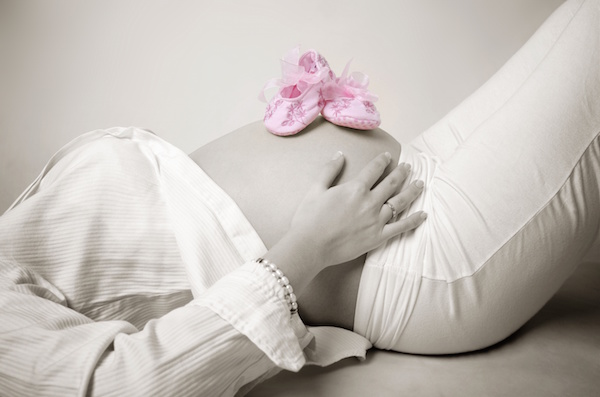THURSDAY, Feb. 14 (HealthDay News) — The number of U.S. women using the “morning-after” contraception pill has risen dramatically in the last decade, federal health officials report.
According to the Centers for Disease Control and Prevention, about 4.2 percent of women in 2002 said they had used the pill, but between 2006 and 2010 that figure had jumped to 11 percent, which translates to 5.8 million women who were between 15 and 44 years old.
The pill, considered emergency contraception to prevent unwanted pregnancy, was particularly popular among young women between 20 and 24 years old, who accounted for 23 percent of users, the government report found.
The report, released Wednesday by the CDC’s National Center for Health Statistics using data from the 2006-2010 National Survey of Family Growth, also found:
- Non-Hispanic white and Hispanic women were more likely to have used emergency contraception, 11 percent, compared with non-Hispanic black women, 7.9 percent.
- 16 percent of users were between the ages of 25 to 29, 14 percent were teens 15 to 19 years old, and only 5 percent were 30 or older.
- 19 percent of the women who used the pill weren’t married, and 14 percent lived with a partner.
- The most common reasons for using the pill were a woman’s fear that the contraceptive she was using might not work, or because she had unprotected sex.
- Most of the women who took the morning-after pill had used it only once; 24 percent used it twice, and 17 percent had used it at least three times.
Emergency contraception is a high dose of progestin that prevents pregnancy by delaying ovulation (when the egg leaves the ovary and travels into the fallopian tube where it’s available for fertilization by sperm). Some research suggests emergency contraception may make it more difficult for sperm to get past the cervix and into the uterus, and may make the uterus less hospitable to sperm.
Although the morning-after pill can be taken up to five days after unprotected sex, it becomes less effective the longer women wait.
The new report is likely to buttress the Obama administration’s goal of providing contraception to all women, which has pitted the administration against religious and conservative groups that oppose any form of birth control.
Dr. Jill Rabin, chief of ambulatory care obstetrics and gynecology and head of urogynecology at Long Island Jewish Medical Center in New Hyde Park, N.Y., believes the increased use of the morning-after pill has to do with its longevity and because it has been proven safe and effective.
“It’s safer than aspirin,” she said.
She also disputes the claim by some conservative groups who see the pill as an abortion pill. “It is definitely not an abortion pill. Once an egg is fertilized, the pill has no power,” she said.
“It is far better to prevent an unintended pregnancy if a woman is not ready to conceive,” Rabin added.
Planned Parenthood also applauded the new findings, saying the morning-after pill is key to providing women with a choice.
“These data underscores what we see at Planned Parenthood health centers every day — that birth control is central to women’s health and that they must have access to a full range of methods,” Deborah Nucatola, senior director of medical services at the Planned Parenthood Federation of America, said in a statement.
“Previous studies also show that emergency contraception is safe for women of all ages and that rates of unprotected sex do not increase when teens have easier access to emergency contraception,” she added.
According to Planned Parenthood, the morning-after pill is available in drug stores without a prescription for those 17 and older. For women under 17, a doctor’s prescription is needed.
The cost of emergency contraception varies, running anywhere from $10 to $70. For women who need a prescription, the cost of the pill and the doctor visit can be as high a $250, according to Planned Parenthood.
More information
Princeton University has more on emergency contraception.

